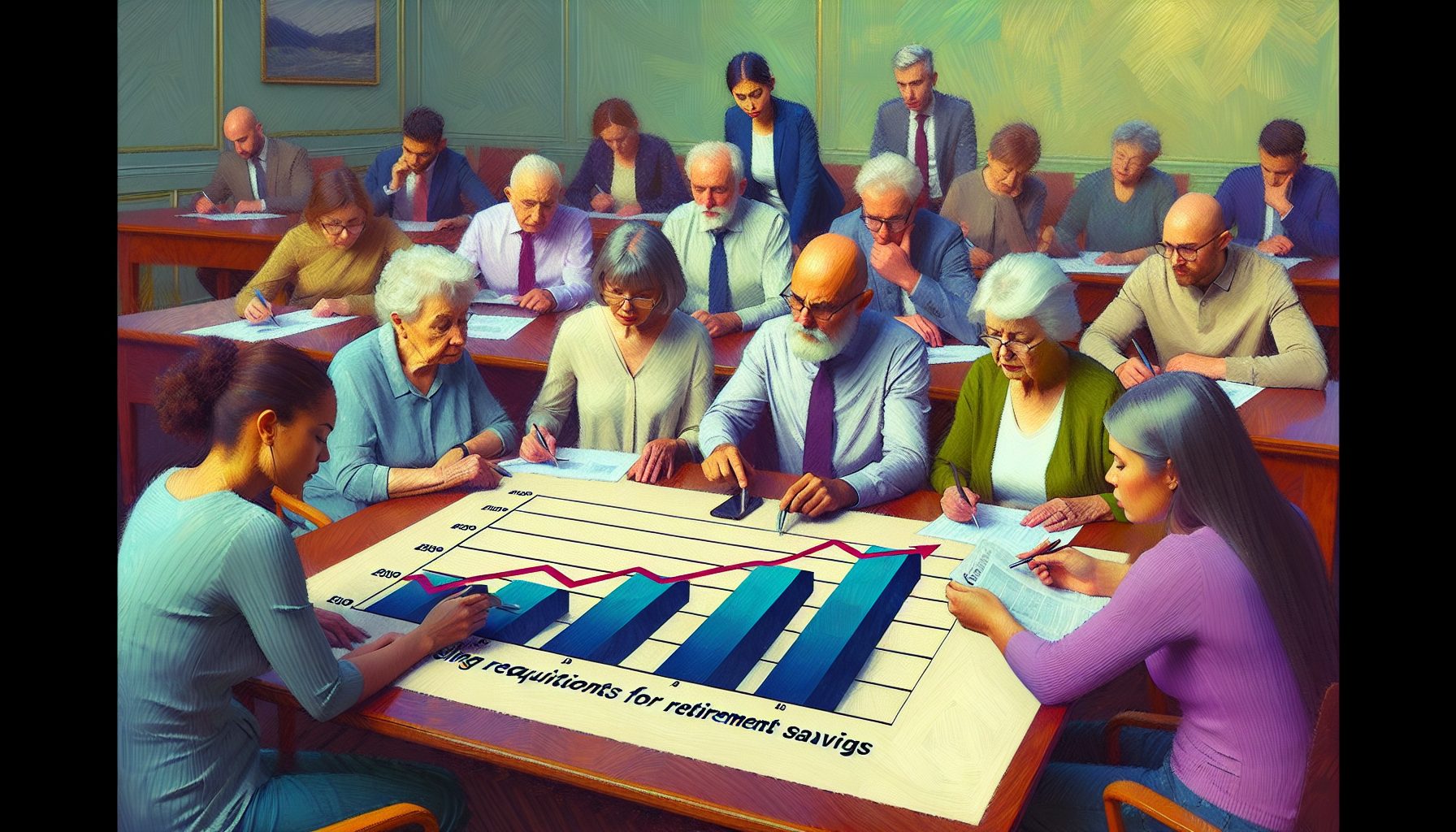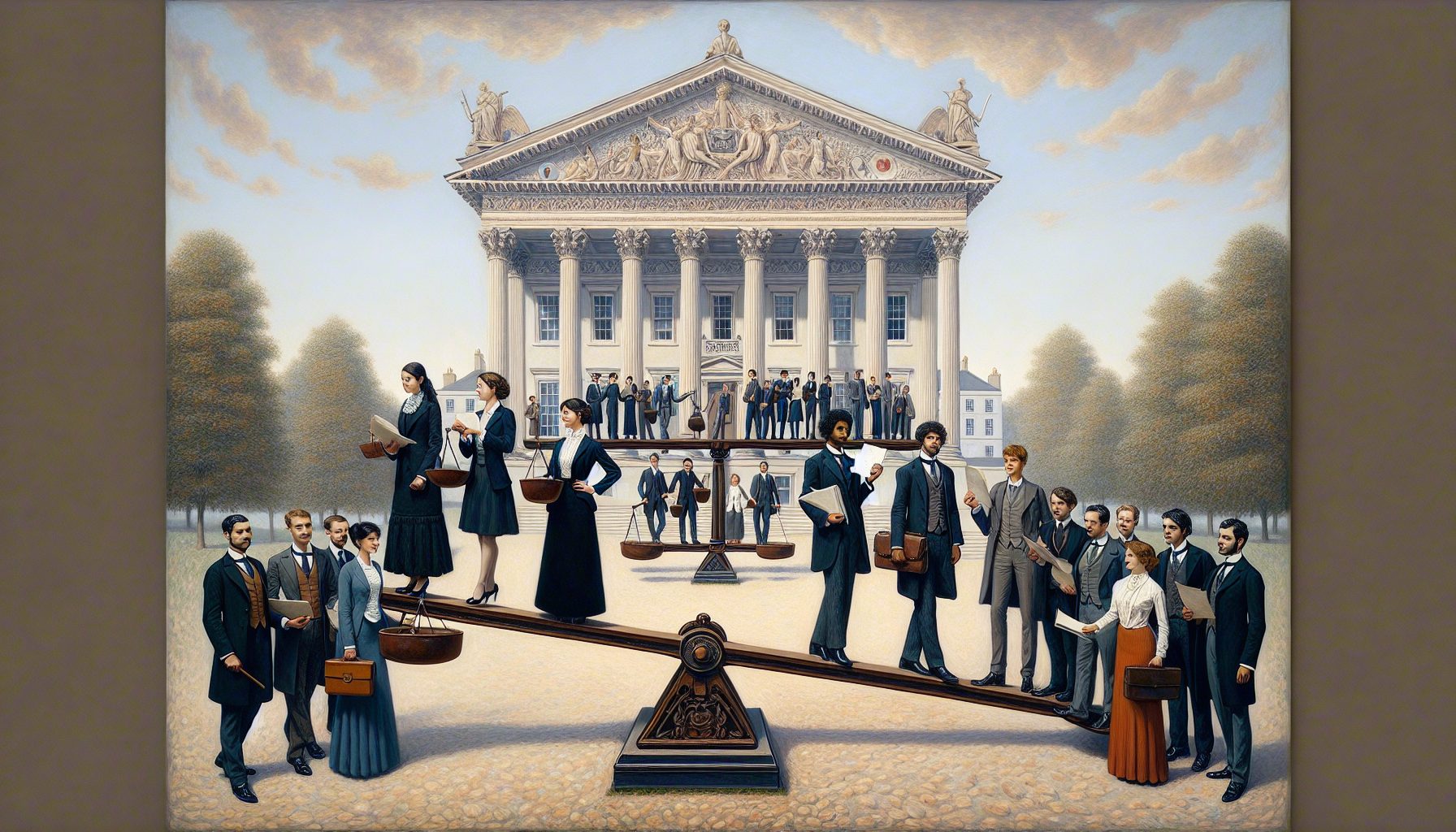Foxconn recently hosted Marketplace’s China correspondent Rob Schmitz inside its factories where Apple iPads are assembled. The visit made Schmitz only the second reporter to ever stand on the factory floor of Apple’s most notorious contract partner. What he found was a lot of hard work, and workers who are young, far from their families and, more than anything, mostly bored.
Foxconn, and Apple right with it, has faced tremendous criticism following exposes from a number of media sources, the leading and arguably most compelling of which were an article in The New York Times and a radio program on This American Life (TAL), which featured a segment of performer Mike Daisey’s one-man show, "The Agony and Ecstasy of Steve Jobs."
TAL aggressively fact-checked Daisey’s accounts of a visit to Foxconn, but Schmitz, hearing the show, questioned a few things, which ultimately led to the story being blown open and Daisey, with minimal apology, saying that what he offered wasn’t journalism but theater — very well-intentioned theater.
"Listen to the NPR piece that ran just last week in which workers at an iPad plant go on record saying the plant was inspected by Apple just hours before it exploded, and that the inspection lasted all of 10 minutes," Daisey wrote in a blog post following TAL’s retraction of the program. "If you think this story is bigger than that story, something is wrong with your priorities."
A video shot by Schmitz during his visit shows streams of young workers–a quarter of a million people are employed by the factory–heading to work at 7 a.m. Outside an iPad production line workers are given assignments–a supervisor reads these off a paper tablet–and a recently introduced machine is shown attaching what Schmitz calls a buckle to the iPad’s motherboard, enabling Apple to trace it back to that line on that date, should anything go wrong.
Schmitz shows a worker testing iPad screens, the iPad battery being pressed into the housing, and iPads taking rides on a machine that tests their gyroscopes: seemingly pretty standard factory stuff. Workers rotate their jobs every few days, according to Schmitz.
Nothing he sees is terribly incendiary. Though the nets strung throughout the compound, after a number of suicides in 2010, involving workers jumping from Foxconn dorm buildings, are depressing.
Schmitz works to balance what he’s heard with what he s seeing–all of it.
"There are basketball courts, tennis courts, a gym, two enormous swimming pools, and a bright green AstroTurf soccer stadium smack-dab in the middle of campus," Schmitz writes in an accompanying story. "There’s a radio station–Voice of Foxconn–and a television news station. Longhua even has its own fire department, located right on main street. This is not what comes to mind when you think Chinese factory."
But, of course, it is a facotry, and one not without its frugalities. Schmitz speaks to Louis Woo, the special assistant to Foxconn s CEO, who says that until 2010, Foxconn never had a public relations company helping it.
"Even two years ago, we were doing, what? Eighty billion U.S. dollars a year? I don’t think you can imagine any company anywhere in the world with the size of $80 billion of revenue a year without a PR company" Woo said, according to Schmitz.
That frugality also extends to its number of employees–which it will need far more of, following an Apple-initiated investigation into three Foxconn plants by the Fair Labor Association (FLA). In its March 29 report, the FLA said it found serious and pressing noncompliances with FLA codes of conduct and Chinese labor laws.
To read the original eWeek article, click here: Apple Partner Foxconn Lets Reporter Tour Factory Floor








